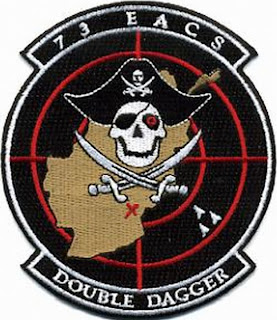If you are worried about how the US government spends its tax dollars, stop reading here. A report from the Congressional Research Service - The Cost of Iraq, Afghanistan, and Other Global War on Terror Operations Since 9/11 - on military spending in Iraq and Afghanistan since the 9/11 attacks makes daunting reading.
In the decade since the 9/11 attacks on America, Congress has approved a total of $444 billion for Operation Enduring Freedom and other counter-terror operations in Afghanistan. This amounts to 35 per cent of all military spending during the period in question. The remaining 65% was mostly spent on operations in Iraq.
Today, however, the bulk of spending is in Afghanistan. For 2011, Afghan war costs accounted for 71% of war costs and Iraq 29%, a reversal of the split of two years earlier when Afghanistan’s share was one third and Iraq’s share was two-thirds. In the FY2012 request, the $114 billion cost for Afghanistan is a 91% increase over FY2009, and 161% higher than FY2008. In FY2012, the cost for Iraq drops to $18 billion, a decrease of $78 billion from FY2009.
The 59-page report notes "Between FY2009 and FY2010, average monthly DOD spending for Afghanistan grew from $4.4 billion to $6.7 billion a month, a 50% increase, while average troop strength almost doubled from 44,000 to 84,000 as part of the troop surge announced by the President last year. Troop strength in Afghanistan is expected to average 102,000 in FY2011. DOD’s plans call for troop levels to fall by less than 4,000 in FY2012 unless the President decides otherwise as part of his decision to “begin transition to Afghan security lead in early 2011. . . [to a ] a responsible, conditions-based U.S. troop reduction in July 2011.”"
It can be seen that the cost of the war in Afghanistan has risen dramatically since 2006, up from $19bn to $60bn in 2009. This will rise to $105bn for 2010 and $119bn in 2011. The cost increases reflect not only higher troop levels and more intense operations, but also substantial sums for training Afghan forces, extra procurement costs and, latterly, higher foreign aid levels. It also costs more per soldier to keep troops deployed in Afghanistan compared to Iraq. Incredibly, the Administration cites a figure of $1 million per troop per year in Afghanistan. Plenty more stats in this report if you can face it.
Afghanistan in 2026
2 days ago


































